Insane Metal
Member
What's the difference between cinematography and photography in movies?
It's the same thing. Cinematographer/Director of photography.What's the difference between cinematography and photography in movies?
Cinematography is the art of photography and visual storytelling in a motion picture or television show. Cinematography comprises all on-screen visual elements, including lighting, framing, composition, camera motion, camera angles, film selection, lens choices, depth of field, zoom, focus, color, exposure, and filtration.
As some confusion exists about the title "director of photography," perhaps a brief summary at this time would be in order. Since the inception of the movies, there have been cameramen. Then, as the peculiar technique of cinema was developed, the cameraman became the cinematographer. As the industry progressed, cinematography took on specialized fields. The cinematographer now devoted more of his talents to composition and lighting and left the mechanics of the camera to members of his staff. Today he directs and supervises the efforts of a large crew of workers, and is known as the director of photography. He selects the composition, sets the exposure, conceives the lighting, and designates the filters or other photographic con-trols to be employed.
Some may well ask, "How does motion picture photography differ from regular photography?" While photography is the basis for this field, the requirements for telling a story on motion picture film have created a technique quite unique from that which went before. The use of moving figures, the lighting technique utilized to obtain plasticity, the effective use of relatively short-focus lenses, as well as the mobile camera, are all examples peculiar to cinematography. In the very early days, cameramen invented the fade-out and fade-in, the lap-dissolve, the matte shot, the process shot, and numerous other special effects that have been incorporated into the technique of writing for the screen.
One of the great problems of picture production is securing stories for the screen. Several hundred productions are turned out annually by the industry, and any author will concur that no such number of new plots exist. The studios are therefore obliged to revamp many of the old reliables, give them new casts and dialogue, a change of locale, and depend heavily on new photographic treatment. This continual search for a new photographic approach is one of the most exciting aspects of the industry. Thousands of workers throughout the land have a hand in it: the physicist creating a new or better product; the chemist perfecting a better formula; the engineer fabricating a machine that will do that which could not be done before. The writer devising a scene in some new and unusual setting, and the producer, director and cinematographer translating it finally to film are all part of a team striving to do something better and more interesting than it was ever done before.
That the director of photography will contribute his share is taken for granted in Hollywood. Every production attempts to be different from another, and each presents a challenge for a new photographic approach. The director and cinematographer work as a team, and exchange suggestions about the lighting and staging of scenes. Whenever possible, the style of lighting is varied from sequence to sequence so as to add interest and impact to the photographic effects.
At all times must the players be photographed to their best advantage. The studios have made tremendous investments in building their stars. Every effort is expended to display them most ideally. As no retouching is possible on movie film, our stars must be very carefully lit so that they appear their most glamorous. The science of lighting is therefore highly developed among the directors of photography, and is an art that is constantly being refined.
We strive to obtain photographic interest combined with a sense of reality, yet being on guard that the photography never detract nor overpower the story being unfolded upon the screen. Our lighting technique has lent its influence to other branches of the arts. Commercial and portrait studios frequently adopt our style and use much of the equipment developed by cinematographers.
Thanks!It's the same thing. Cinematographer/Director of photography.
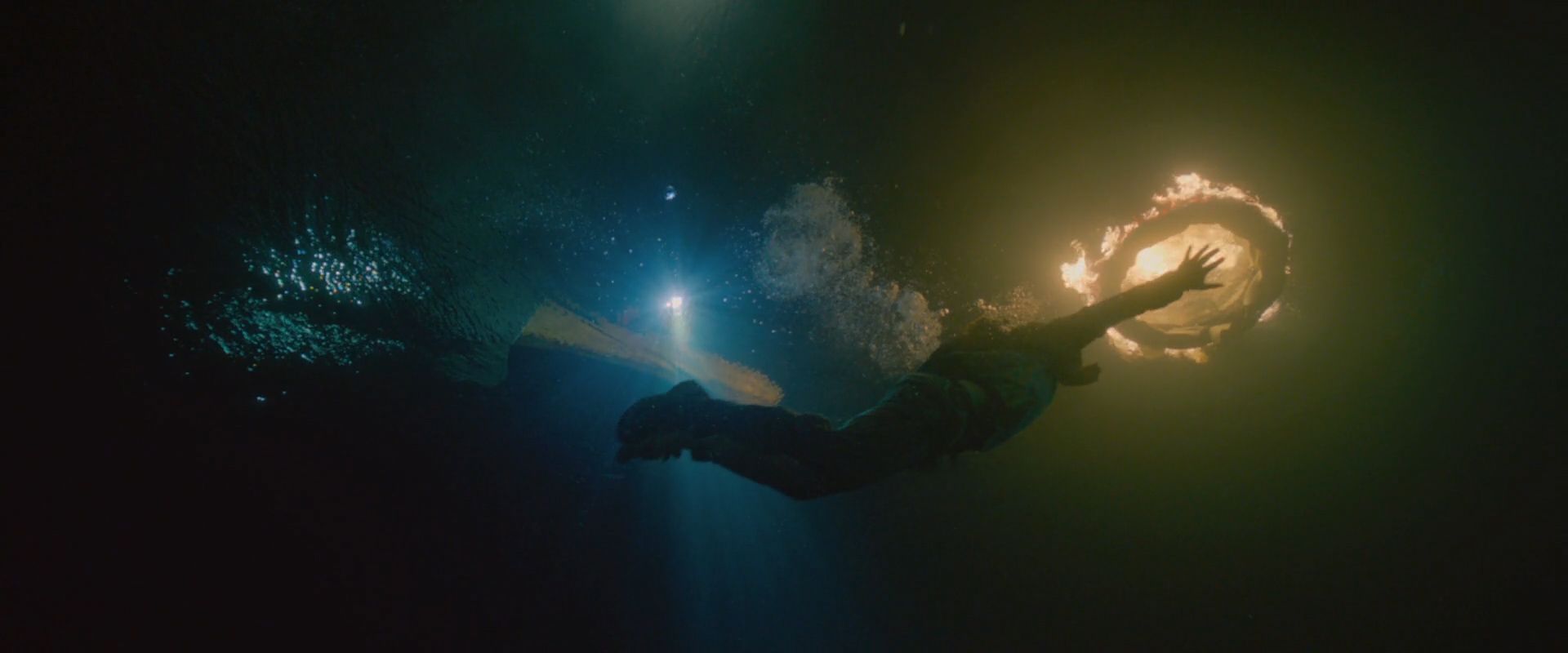



RDR 2 sure is pretty.The Hateful Eight (2015)
Dir: Quentin Tarantino, DP: Robert Richardson


Utopia -And to add another TV show, Channel 4's Utopia always impresses.
Glad to see I'm not the first to add Sunshine here, too. Man, that film achieved cosmic horror using the sun instead of any sentient beasts. That was brilliant.
And for more stunningly-shot cosmic horror films, there's The Void, Resolution, and its sequel The Endless.




Well I'm enamored by Kubrick's films, so I don't mind lolThis guy is good but he makes wayyy too many videos about Kubrick.
No problem, feel free to share some of your favoritesi'm p. obsessed with this sorta thing, thanks all for the great content
Well I'm enamored by Kubrick's films, so I don't mind lol



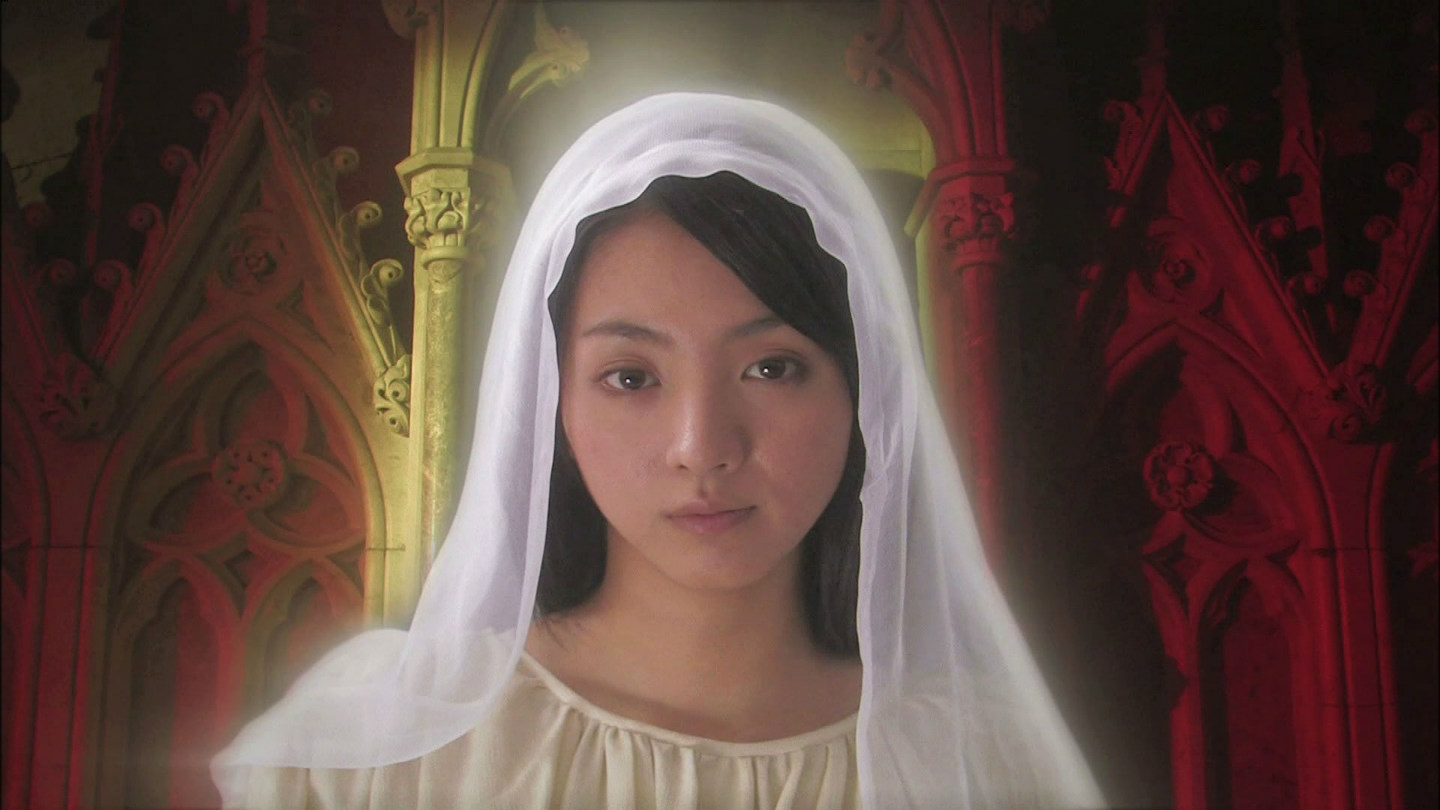
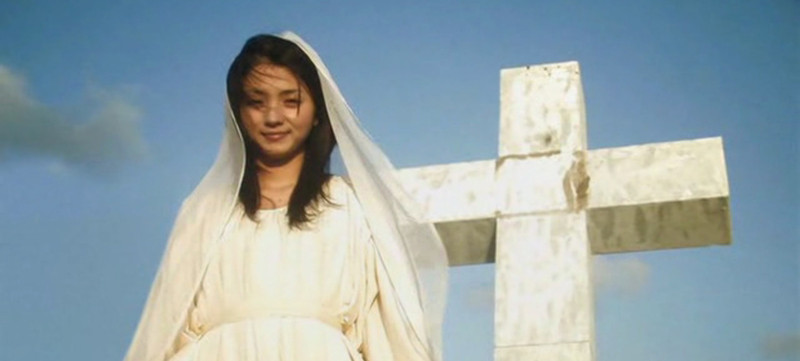


At the moment I'd say Eyes Wide Shut. Although I don't really have a definitive favorite Kubrick film, as I'm still revisiting them and finding new things to appreciate.What's your favourite Kubrick?




I really love wes anderson's movies and just find every single shots in those movies whimsical and always warms my usually cold insides.



The shot the last still is showing always bugs me because it looks like K is gazing too high, like at her hairline or something. Oversight or just me?Blade Runner 2049

I don't think so. His eyeline seems to line up fine with Joi's. The hologram is pretty huge after all.The shot the last still is showing always bugs me because it looks like K is gazing too high, like at her hairline or something. Oversight or just me?
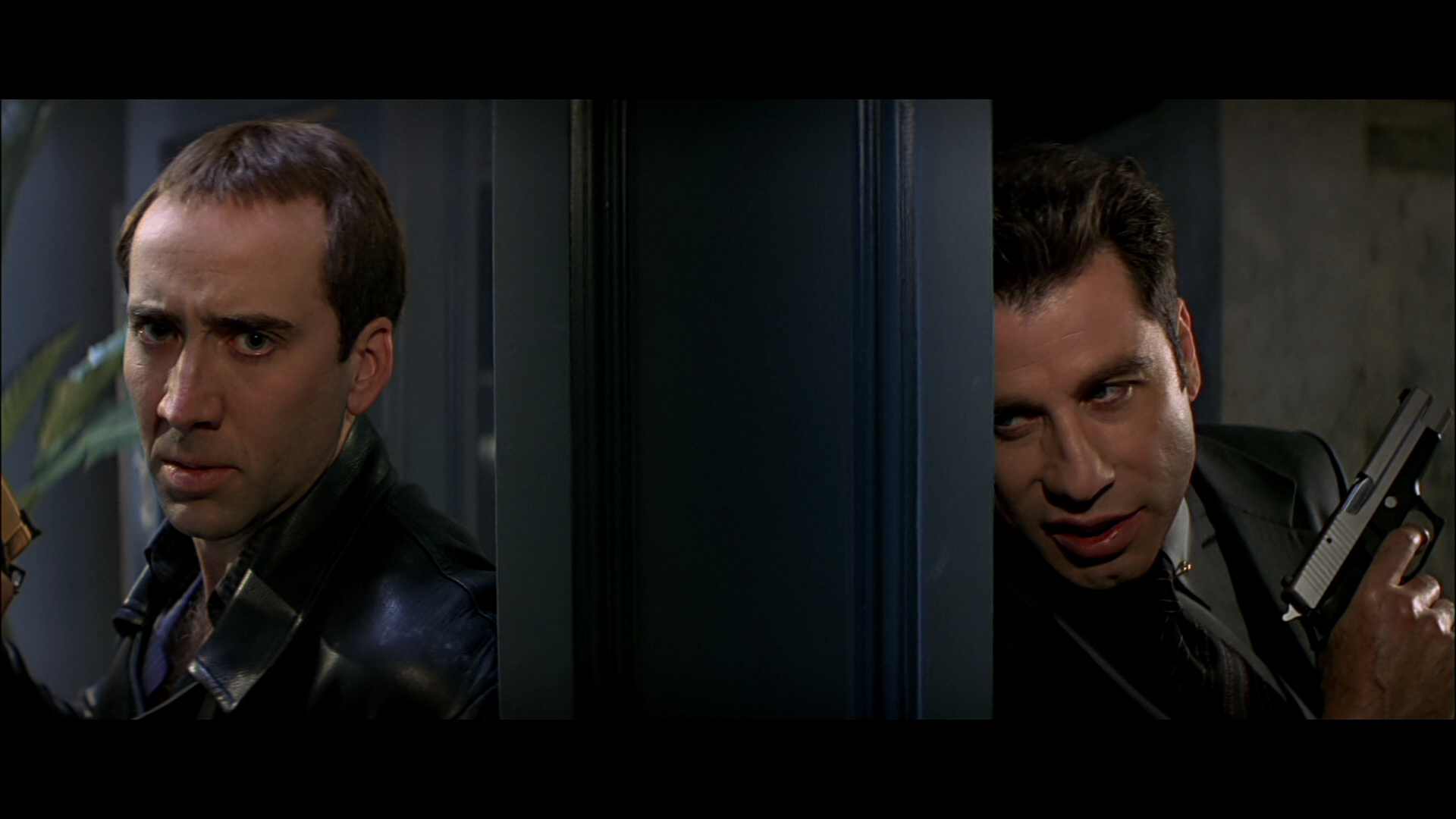

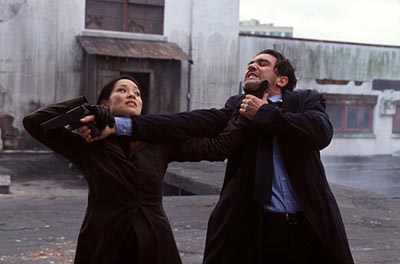
Rat Rage Ridley Scott is a director, he may choose amazing cinematographers, but he is not a cinematographer.
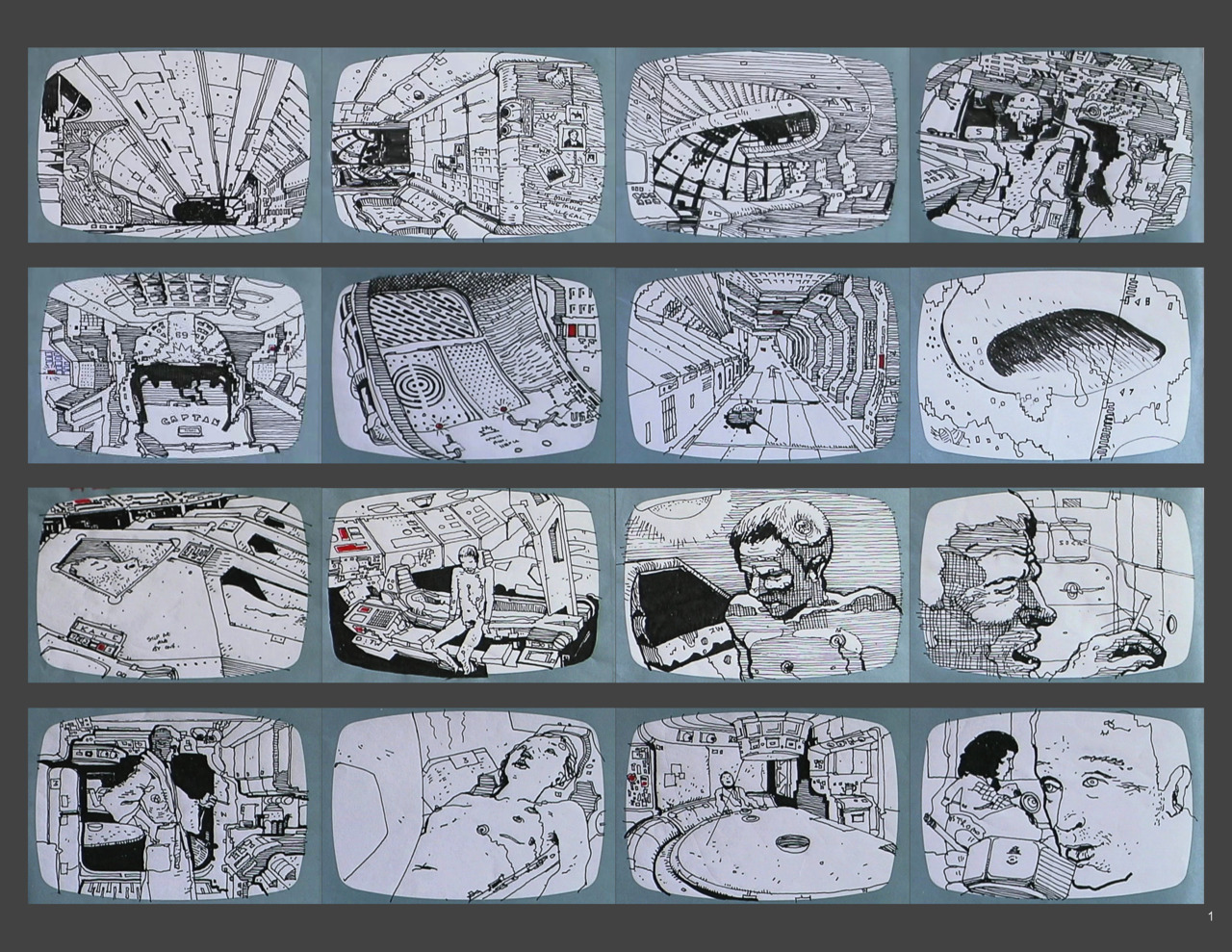
.jpg?bwg=1547462985)
.jpg?bwg=1547462986)
.jpg?bwg=1547462986)
.jpg?bwg=1547146676)
.jpg?bwg=1547146676)
.jpg?bwg=1547146676)





